It is widely known that applying sunscreen before sun exposure is essential to protect our skin from harmful UV rays. However, what many people don’t realize is that some sunscreen formulas contain chemicals linked to significant environmental damage, including coral bleaching.
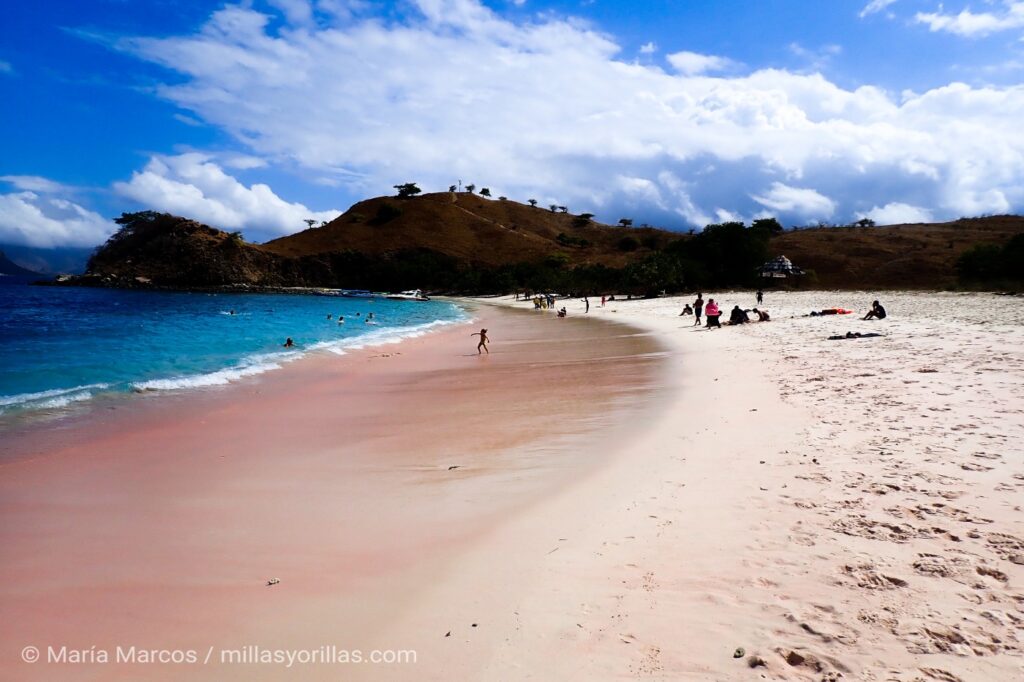
Actions we consider harmless, like applying sunscreen, can have unintended ecological consequences—not just for coral reefs but also for fish and other marine organisms.
Reefs are a major draw for holiday destinations, and the influx of tourists introduces highly concentrated amounts of sunscreen chemicals into the water in these areas.
Most tourists are unaware of this impact, yet numerous studies have revealed how sunscreen ingredients reduce corals’ resistance to bleaching processes and negatively affect marine ecosystems.
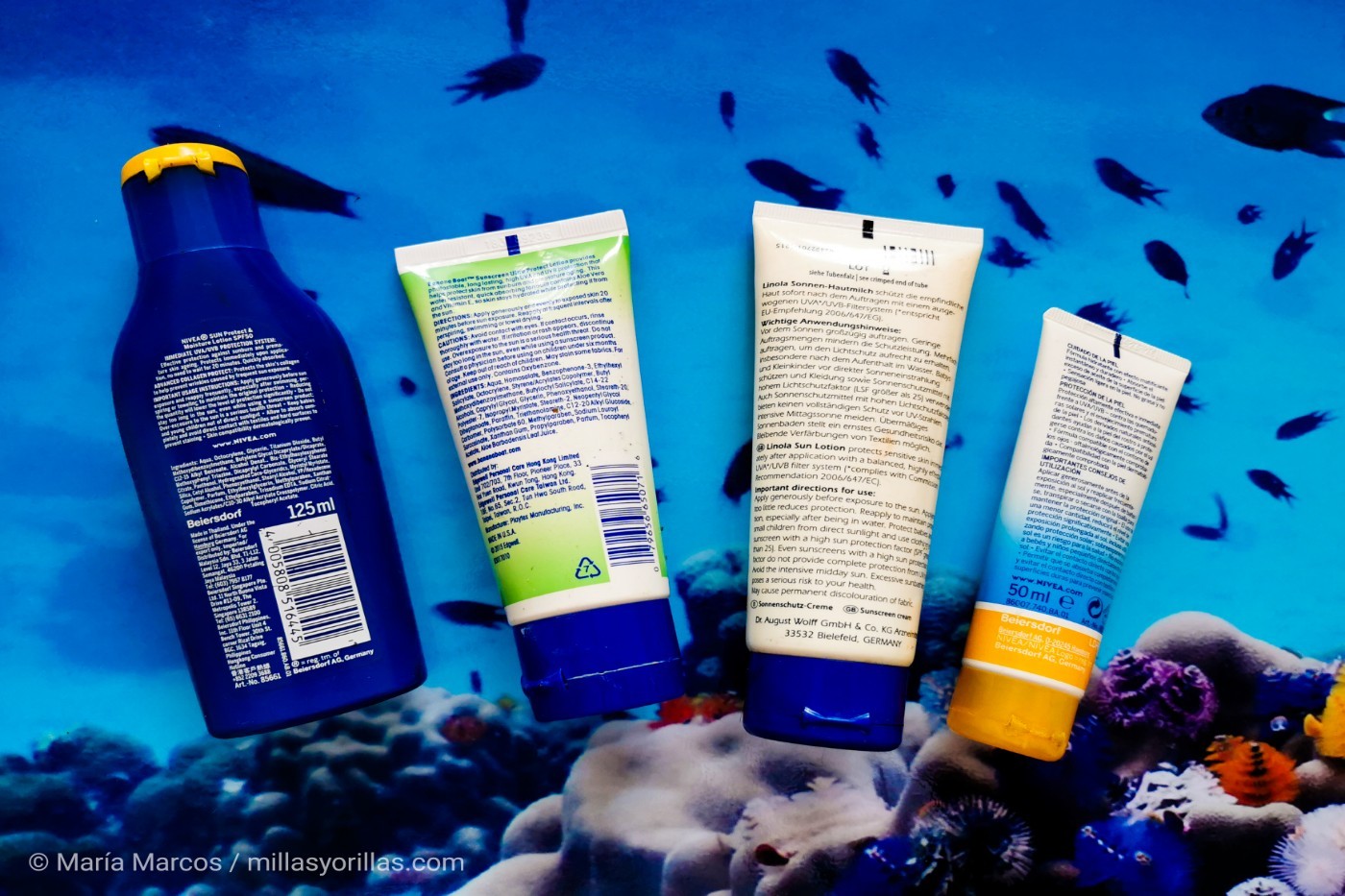
Today, there are two types of sunscreens. One is the physical filter, which reflects radiation, preventing it from penetrating the skin and causing redness or burns. These typically contain titanium dioxide or zinc oxide. The other type is the chemical filter, which absorbs solar radiation and transforms it into a different form of energy that is not harmful to the skin. These are commonly known as SPF products.
The list of active ingredients approved for sunscreens is extensive and complex. Many of the popular ingredients from the past have been banned, while new ones are still awaiting approval.
Some of the commonly used chemicals that harm marine life include: Oxybenzone, Benzophenone-1, Benzophenone-8, OD-PABA, 4-methylbenzylidene camphor, 3-benzylidene camphor, Nano-titanium dioxide, Nano-zinc oxide… among many other strange names.
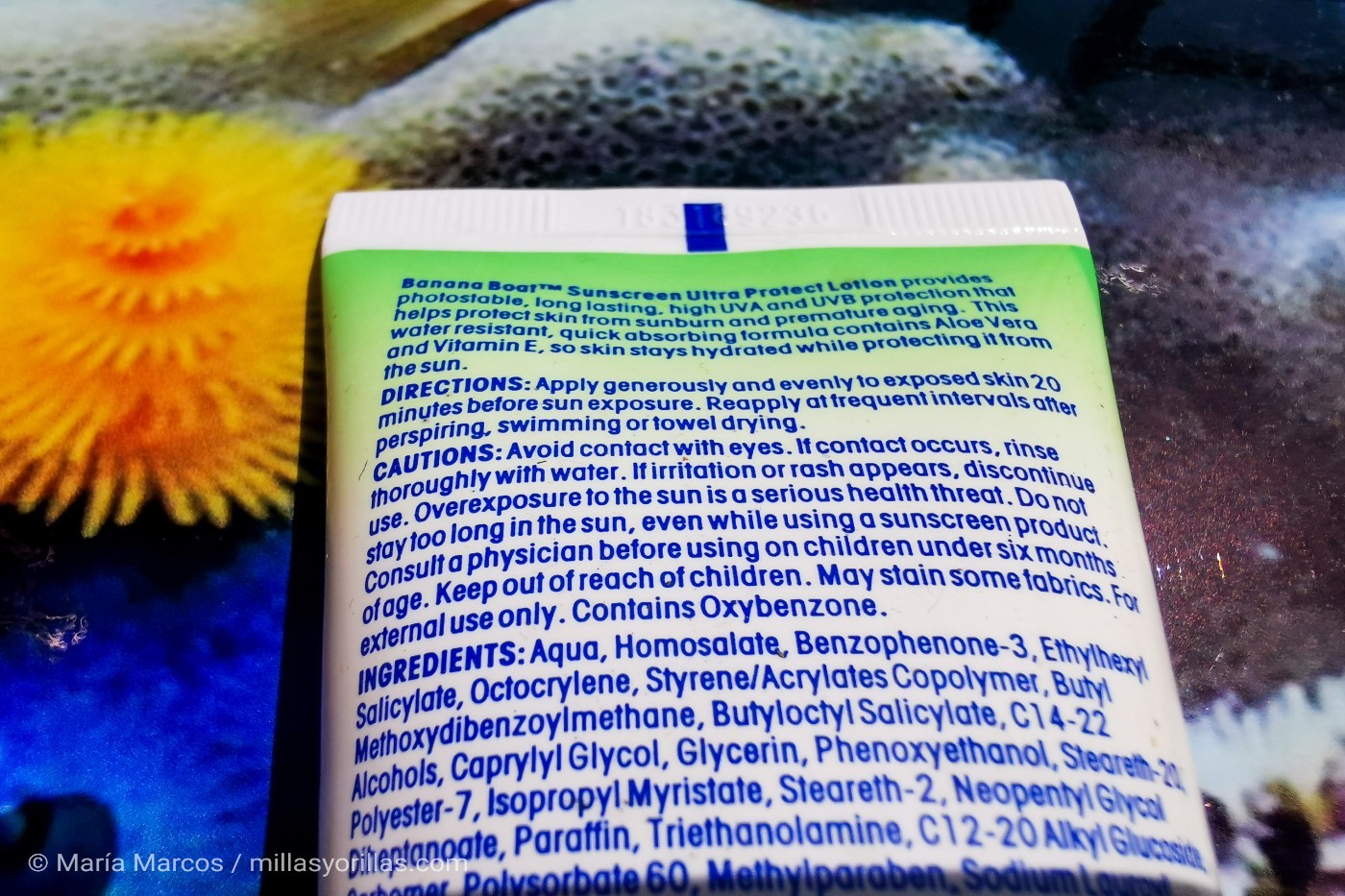
What is known so far is that most of these chemicals, including oxybenzone (found in over 3,500 products) pose a proven ecological threat.
Additionally, the current trend is to create substances such as nanoparticles, with the still-uncertain consequences for marine environments.
Nanoparticles have the ability to penetrate cell membranes in organisms, yet their interactions with biological systems remain relatively unknown.
One critical concern is the bioaccumulation and persistence of many nanoparticles as they travel up the food chain.
While some studies suggest that the health risks posed by these chemicals on human skin are extremely low, especially when weighed against the risk of skin cancer from lack of protection.
The rapid evolution of these compounds has led to the widespread use of chemicals on our skin, despite limited knowledge of their long-term effects on both human health and the environment.
What is clear, however, is that these substances tend to accumulate in nature. Just because they disappear from view doesn’t mean they’ve vanished from the ecosystem.
The journey of these pollutants from sunscreen to the marine environment is easy to trace.
Whether we’re diving into pristine waters, snorkeling or simply swimming in the ocean, even if the chemicals in sunscreen don’t enter the ocean immediately, they can wash off in the shower, flow through drains, and eventually reach marine ecosystems.
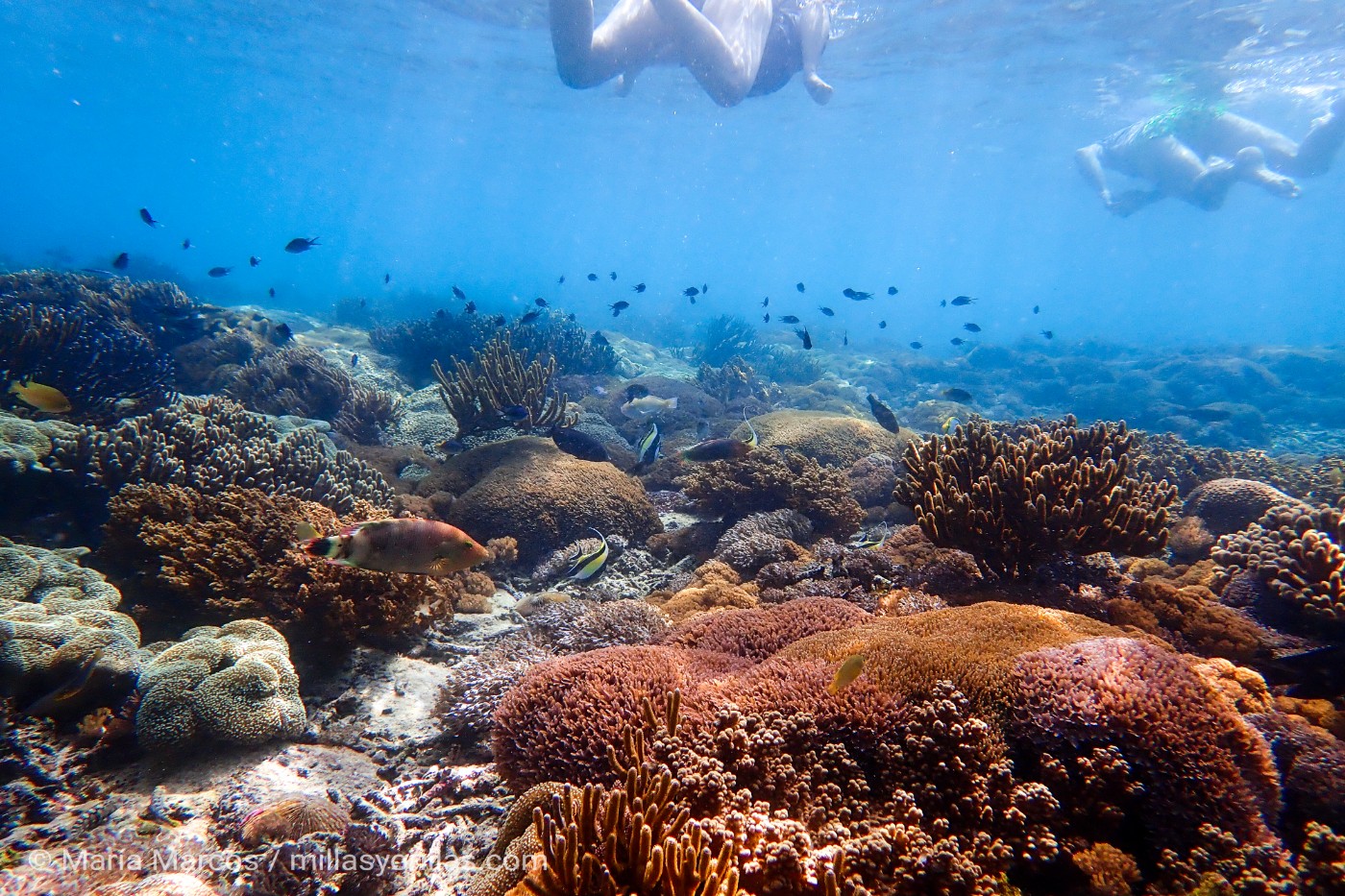
For centuries, humans have used various methods to shield their skin from sunburn. These included clay, ointments, and even limpet hair, as used on isolated Pacific islands.
The first modern sunscreen was introduced in 1927, but its significance grew during wartime. Soldiers stationed in the Pacific faced a formidable enemy: the sun, which caused severe burns.
This prompted pharmaceutical companies to develop solutions. They discovered paraffin, a petroleum-derived substance that formed a thin layer on the skin, blocking ultraviolet rays.
From that point, the chemical race to improve sunscreens intensified. Among the most prominent ingredients developed is benzophenone-3 (also known as BP-3 or oxybenzone).
In 2016, a team of international scientists discovered that oxybenzone, a common ingredient in sunscreen lotions and creams, is highly toxic to juvenile corals.
The study revealed the toxic effects this chemical has on the early development of coral. Specifically, it showed that coral planulae suffer severe morphological deformities when exposed to oxybenzone.
Let me explain: the coral planula is a larval stage in the coral life cycle. Think of it as a “baby coral,” though it is much more complex, undergoing a type of metamorphosis.
Oxybenzone exposure causes the planula to shift from a motile state to a deformed, sessile condition. Encased in its own skeleton, it experiences abnormal growth, which can ultimately lead to its death.
Oxybenzone toxicity doesn’t only affect coral larval. It also harms the cells of adult corals due to its phototoxic nature, meaning its adverse effects are intensified in the presence of light. In response to exposure, corals become increasingly vulnerable to losing their colors.
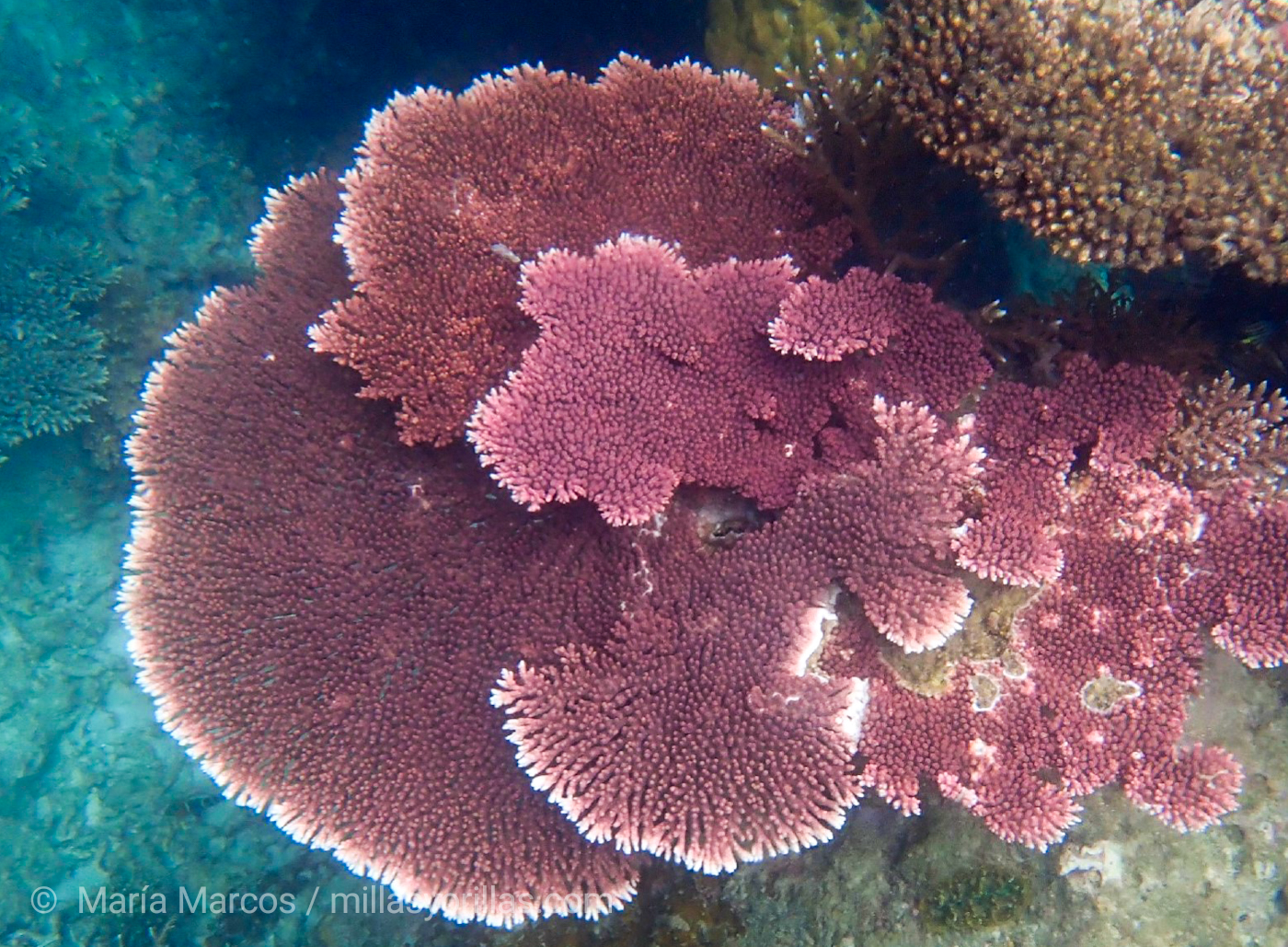
These chemicals are cumulative in nature, and their toxic effects can be passed from one generation to the next, sometimes without immediately visible pathological signs.
The effect of this and other similar compounds can be considered an active area of research for scientists.
What is already a reality is that oxybenzone exposure weakens coral resistance to bleaching and reduces their capacity to recover from this process.
Even mineral filters like zinc dioxide and ultra-fine titanium oxide, can induce intense coral bleaching by disrupting the delicate symbiotic relationship between corals and zooxanthellae.
When science raises concerns, there’s a reason! These findings alone should be enough to prompt the discontinuation of such products and the adoption of environmentally responsible habits.
As you can see, it’s clear that these chemical compounds are particularly harmful to juvenile corals, but they don’t stop there. They also affect many other marine species.
Studies have shown these chemicals induce developmental defects in young mussels. Also, the sea urchins’ immune and reproductive systems are compromised, with juveniles often showing deformities.
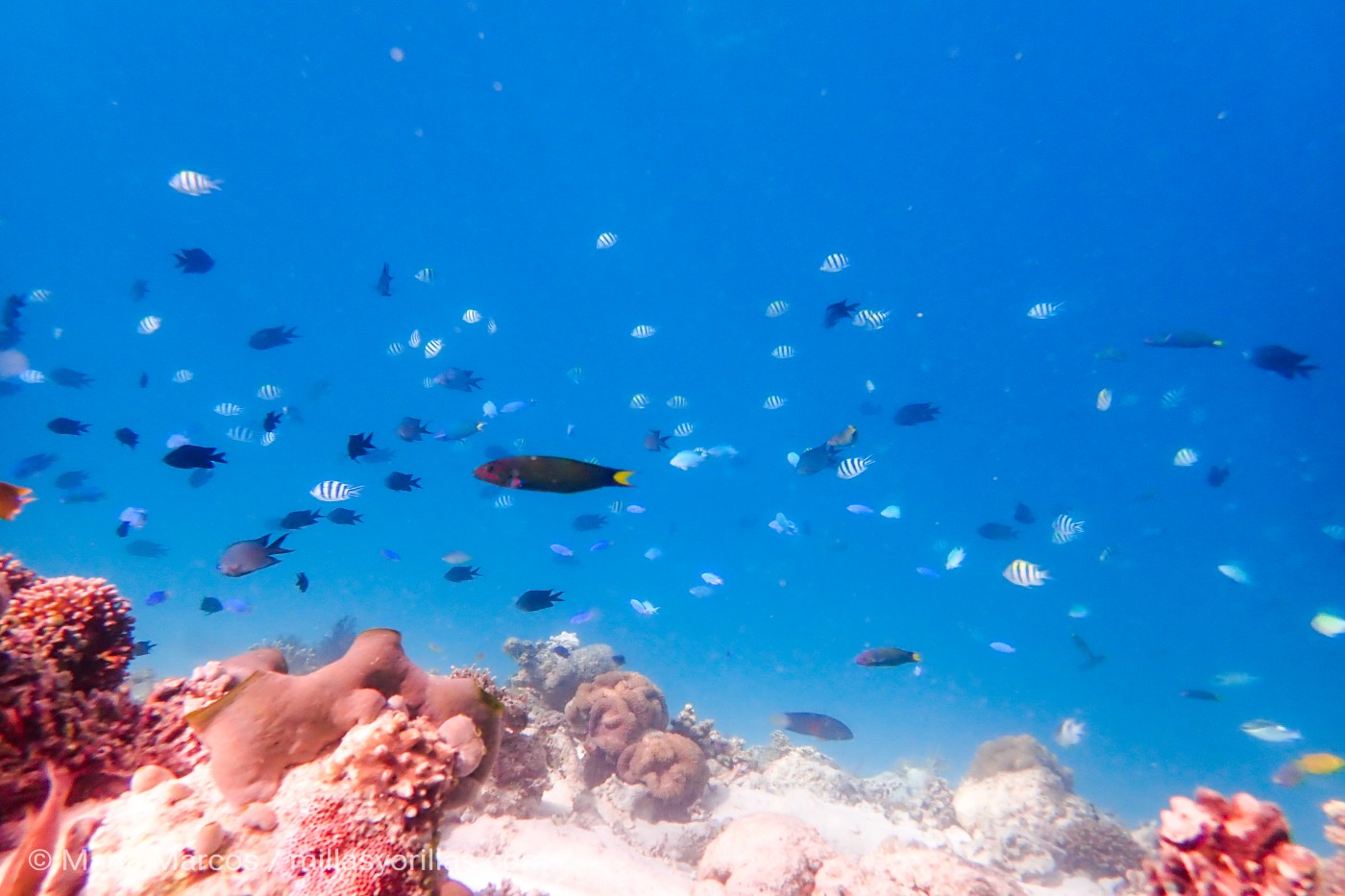
In fish, these chemicals can reduce fertility and reproduction, sometimes causing feminization in male. They even affect dolphins, as they accumulate in their tissues and can even transfer to their offspring.
The adverse effects of these chemicals have already been proven, yet the European Commission has not banned them outright.
However, it has limited the concentrations of some and placed others in a priority group for further research. This suggests that legislation may eventually follow.
The key lies in being mindful of what we purchase and knowing what to avoid. I encourage you to research products before buying them because this is where you can make a real difference.
We should opt for biodegradable products that naturally decompose in the environment.
There are brilliant ideas out there, and when governments act on scientific understanding, meaningful progress can be made.
For example, Hawaii and Palau have already banned harmful sunscreens to protect not only our skin but also coral reefs and the diverse marine life they sustain.
It is crucial to communicate scientific findings to the general public. Without proper understanding, people will continue repeating harmful behaviors.
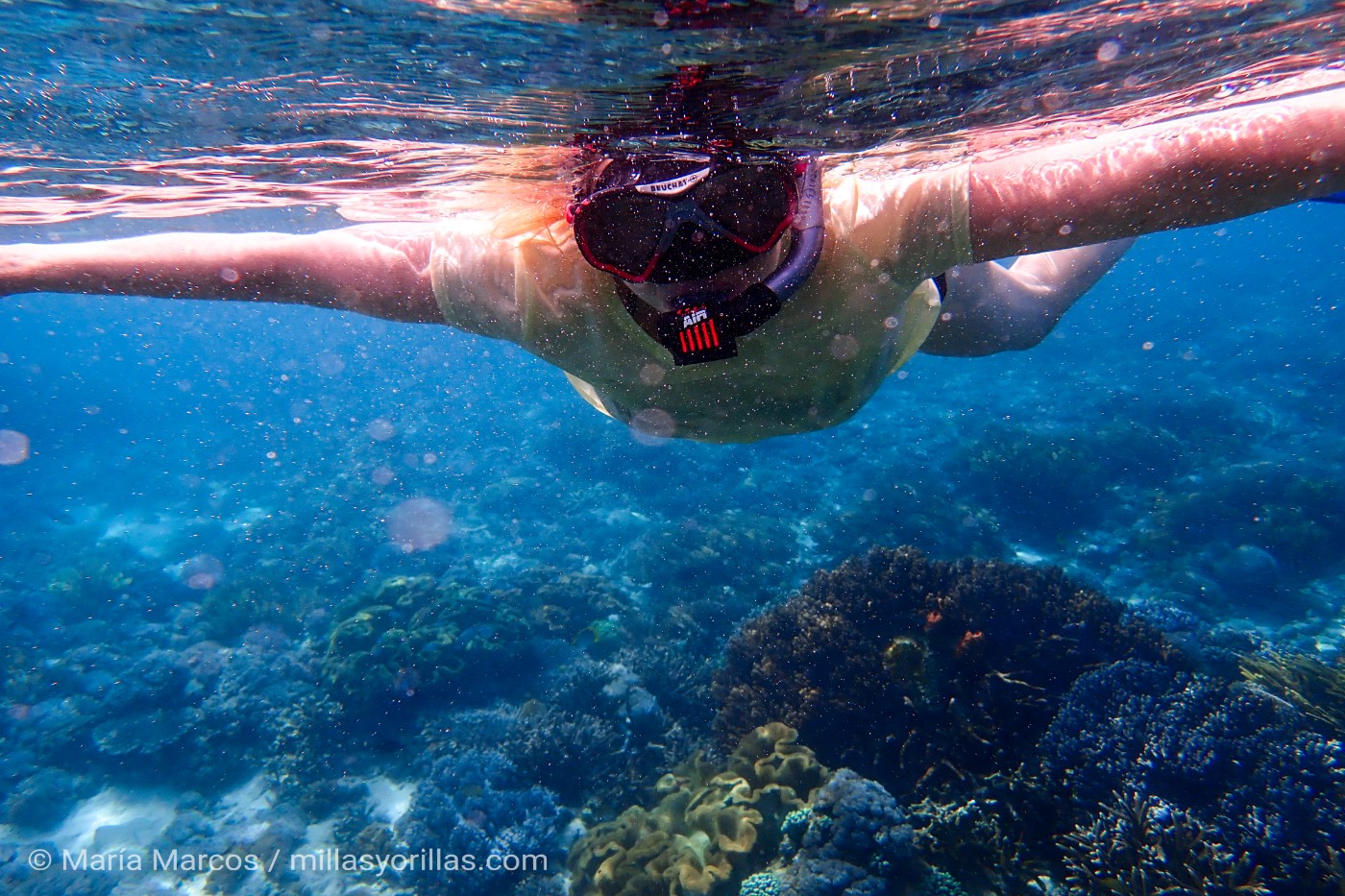
The best method of protection is still caution. Seek shade and avoid sun exposure during peak hours. Even if you love the sun, tropical rays spare no one!
While humans are responsible for much of this pollution, we also have the power to help heal these fragile underwater ecosystems. By prioritizing their conservation and making informed decisions, we can drive harmful products out of the market and contribute to the health of our oceans.